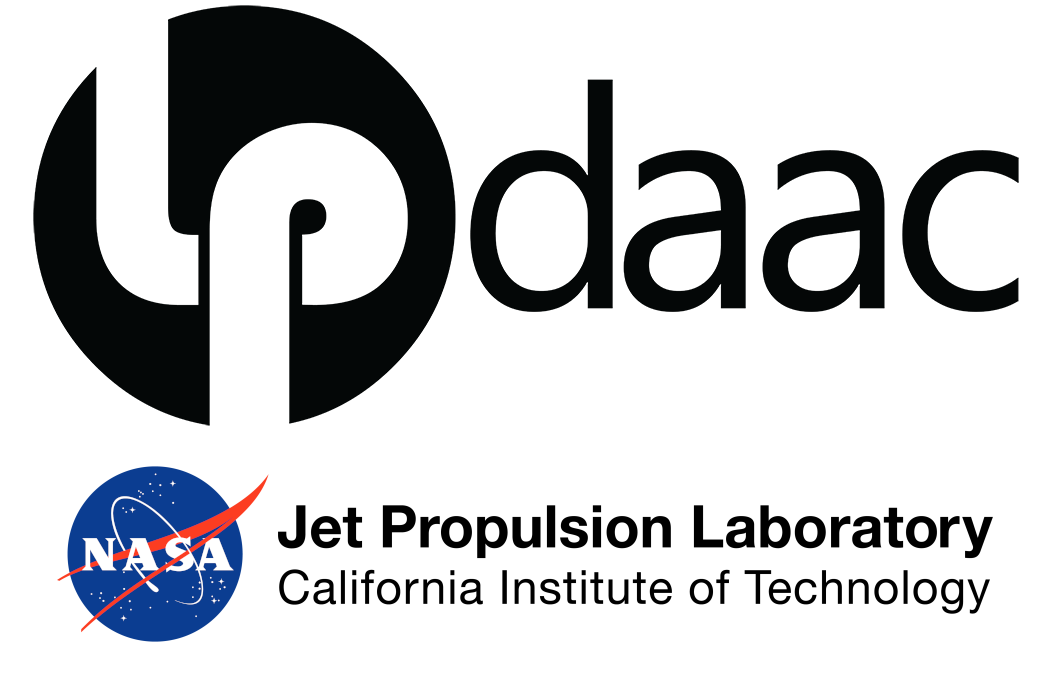Repository Setup Instructions
The how-tos and tutorials in this repository require a NASA Earthdata account, an installation of Git, and a compatible Python Environment. Resources in the VITALS repository have been developed using the Openscapes 2i2c JupyterHub cloud workspace.
For local Python environment setup we recommend using mamba to manage Python packages. To install mamba, download miniforge for your operating system. If using Windows, be sure to check the box to “Add mamba to my PATH environment variable” to enable use of mamba directly from your command line interface. Note that this may cause an issue if you have an existing mamba install through Anaconda.
Python Environment Setup
These Python Environments will work for all of the guides, how-to’s, and tutorials within this repository.
Using your preferred command line interface (command prompt, terminal, cmder, etc.) navigate to your local copy of the repository, then type the following to create a compatible Python environment. It should work for both Windows and MacOS.
mamba create -n lpdaac_vitals -c conda-forge --yes python=3.12 gdal fiona hvplot geoviews rioxarray rasterio jupyter geopandas earthaccess jupyter_bokeh h5py h5netcdf spectral scikit-image jupyterlab seaborn dask ray-default pystac-client odc-stac pyresample libgdal-hdf4 harmony-pyAlternatively, you can use the
environment.ymlpresent in thesetupdirectory.mamba env create -f setup/environment.ymlNext, activate the Python Environment that you just created.
mamba activate lpdaac_vitalsNow you can launch Jupyter Notebook to open the notebooks included.
jupyter notebook
Still having trouble getting a compatible Python environment set up? Contact LP DAAC User Services.
Cloning the VITALS Repository
If you plan to edit or contribute to the VITALS repository, we recommend following a fork and pull workflow: first fork the repository, then clone your fork to your local machine, make changes, push changes to your fork, then make a pull request back to the main repository. An example can be found in the CONTRIBUTING.md file.
If you just want to work with the notebooks or modules, you can simply clone or download the repository.
To clone the repository, navigate to the directory where you want to store the repository on your local machine, then type the following:
git clone https://github.com/nasa/VITALS.gitContact Info
Email: LPDAAC@usgs.gov
Voice: +1-866-573-3222
Organization: Land Processes Distributed Active Archive Center (LP DAAC)¹
Website: https://www.earthdata.nasa.gov/centers/lp-daac
¹Work performed under USGS contract 140G0121D0001 for NASA contract NNG14HH33I.
